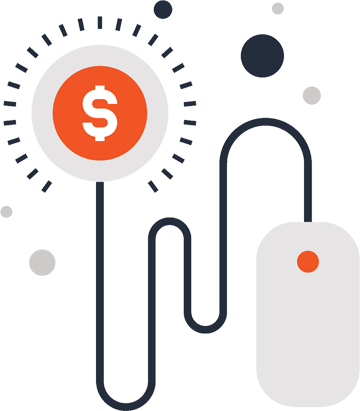SEO: Understanding How it Works?
Research Keywords, Separate, Plan, and Attack
For many years, we have seen companies make tremendous efforts and utilize many resources to impact SEO. Really it’s about developing “keyword strategies” for your buyer persona allocating them into SEO website service pages, SEO blogs, and Google ads.
However, before we get started on an SEO strategy, one of the easiest ways for companies to become better fitted for understand how SEO works and give it a kickstart!
The SEO Kickstart for 2026

1. Research SEO "Trigger Keywords"
These are buying and action terms like “near me,” “repair now,” “solutions or services.”
These search terms are not DIY; they are problem-solving, action-oriented terms that signal intent. They can be very competitive for organic ranking and cost-per-click, so it’s important to separate and choose them based on the buyer journey and budget.
Use Google Keyword Planner or Moz to identify “search terms” in your market or service area(s), then determine the right “search terms” for website copy and paid ads.

2. Separating the SEO Keywords in Funnels
Separating keywords and using negative keywords for ads is critical when building your SEO strategy for service pages, ads, and blogs.
Based on “Buyer Personas” and the “Customer Journey” it’s important to choose keywords that are high-volume and low-cost but still show intent to use a third party (NOT DIY).
Some customers in the beginning stages search with open-ended questions like “What is water restoration?” or “How does changing EMR systems work?” These should be omitted from action-oriented ads and instead used for blogs to guide buyers.
No matter how good the landing page is, these searches will likely cost you money without converting customers to hire your company or book a demo.

3. Budget Allocation and KPIs
Once you have your keywords, create Google Ads to identify if the terms are quality—meaning customers are interacting with the keyword, ad, landing page, and the paid clicks are worth the spend.
For KPIs, you must set up Google Analytics 4, Microsoft Clarity, and conversion tracking to understand buyer journeys: where performance drives conversions and where it falls off.

4. Communication Channels for Conversions
So many companies push back (budget concerns or brand preferences) on this, but all buyers want to engage in their own way.
This means offering calls to action like:
* Live Chat or Chatbots
* Calendly for scheduling
* Form submissions ( “Request Service or Demo” – not the basic contact form)
* Direct links to Sales Calendar to a “Talk now to sales expert, owner, or VP” (yes, this works!).
This matters because buyers will choose what feels best. For DIY-style questions, they’ll use chat or forms. For serious issues, they’ll click “request Service,” schedule an appointment, or book a Calendly event. You don’t want serious opportunities funneled only to a phone “Call” or “Contact” page form. The contact page is almost always “bot attacked” and ” spam central” to weed through actual leads, so create another form for serious consumers!

Conclusion
If you don’t know what you’re doing for SEO keyword selection, realize you’re going to spend a lot of resources (time, money, and ad testing) and likely see poor ROI. This is important to understand.
Always use Google keywords research and other reputable companies to extract this data. If needed, hire a seasoned SEO expert in your industry, or do extensive keyword research to understand the buyer’s journey and the problems you are solving. This will help you choose the right keywords when creating SEO website pages, SEO blogs, and determining which ads to trigger on Google search.
Finally, be sure to set up KPIs and analytics to understand which “trigger SEO keywords” are converting and providing ROI. Double down on these for blogs and SEO pages to generate AI-driven responses, secure first-page rankings, and reduce PPC costs.
Need an SEO Strategy for your Business?
About the Author:

I’m Patrick Menzel, a digital marketing strategist with over 15 years of experience scaling startups, mid-to-large businesses, and established firms. As Owner of Internal Profits and Fractional CMO, I deliver growth strategies that impact results and ROI.
SEO • Google Ads • Web Design • Content • Email • Social Media • Automation • AI Agents

